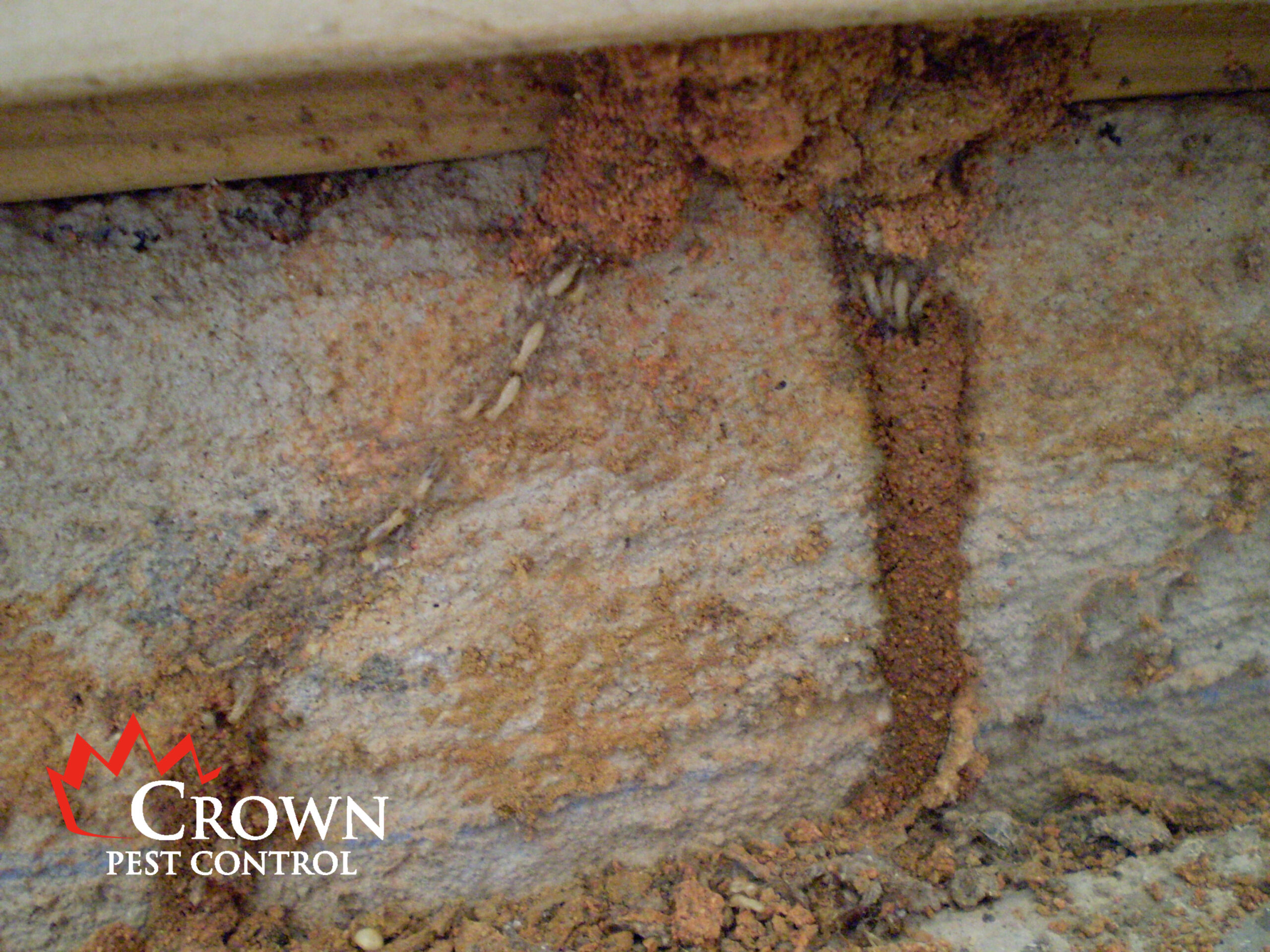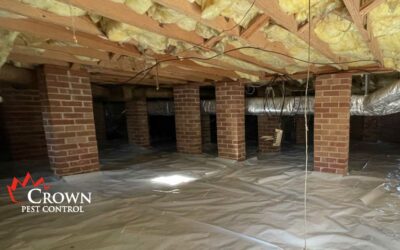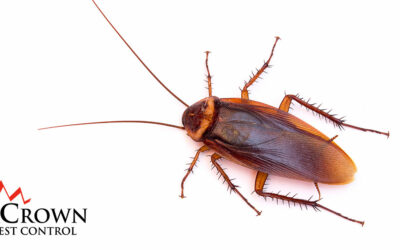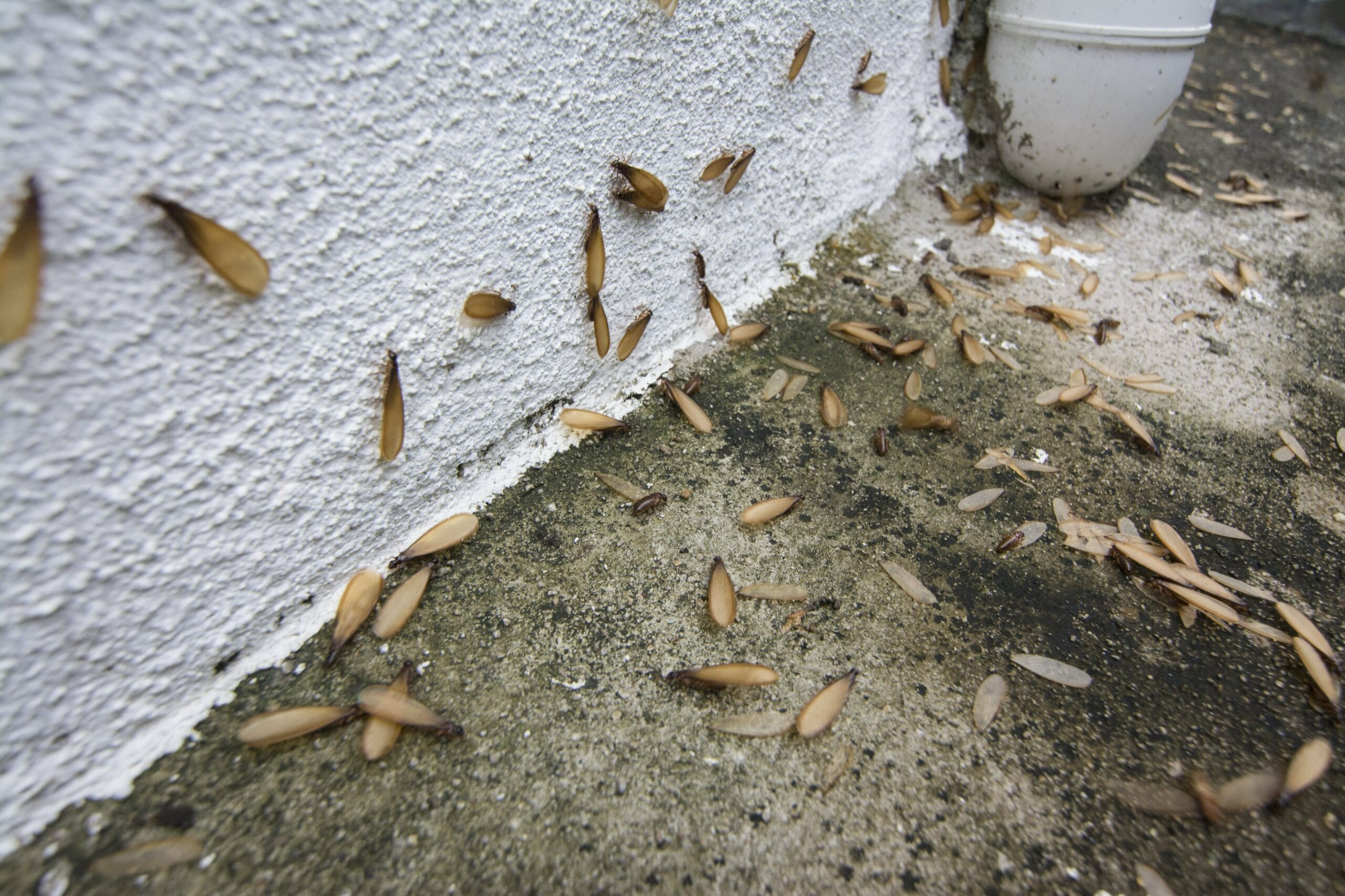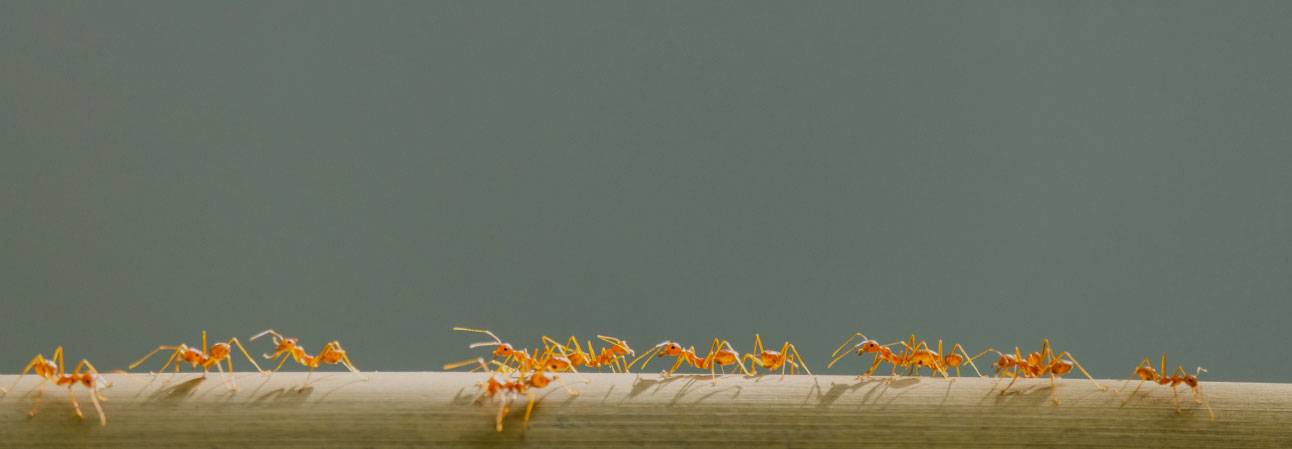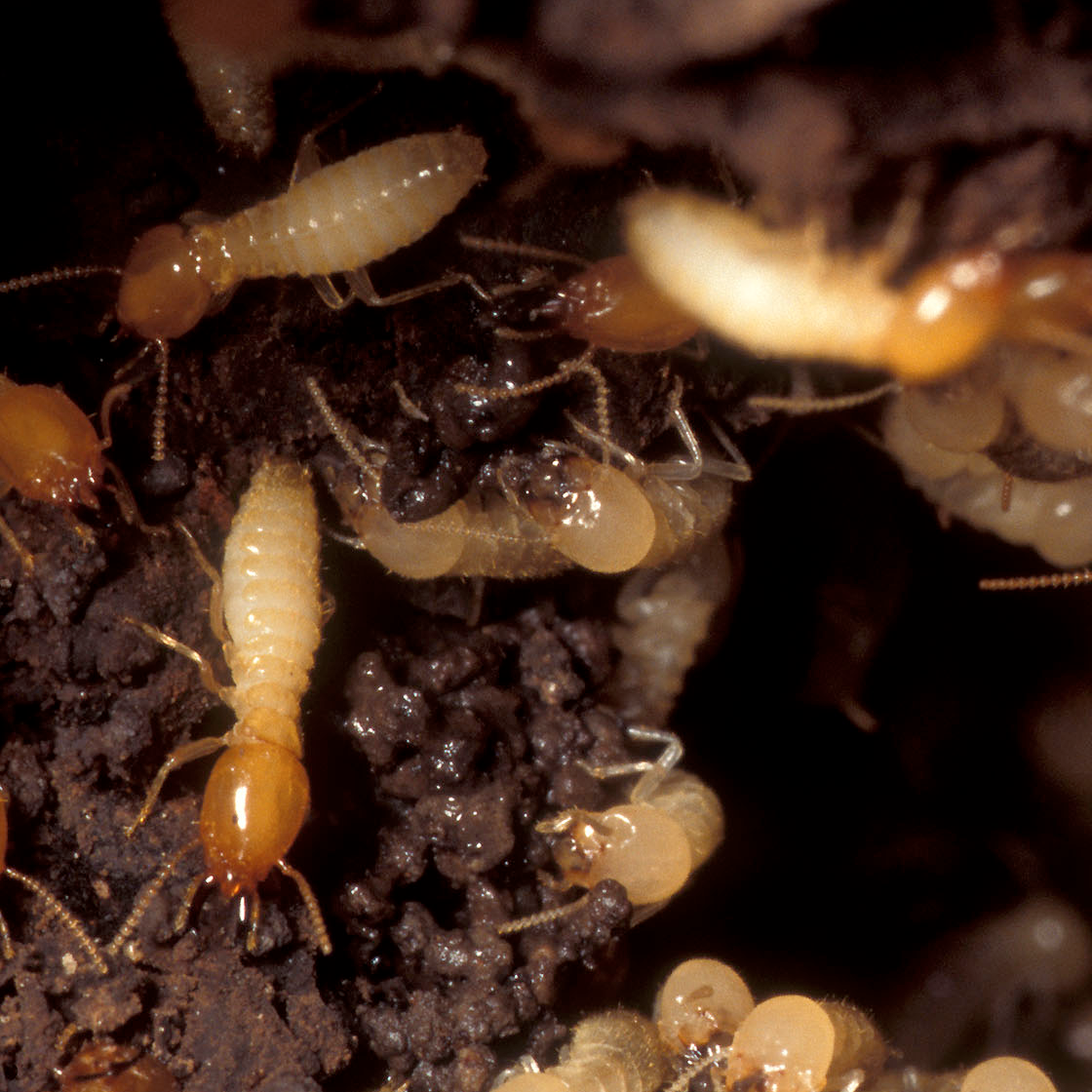
When is Termite Season?
Spring is the typical swarming season for termites. They can swarm on very warm days as soon as mid-February and into October. Some of the larger colonies might swarm twice in the same year. A swarm will last 30 to 40 minutes around lunchtime on a warm day in the spring. If the colony doesn’t swarm in the spring due to cooler weather the colonies will start to kick the swarmers out at random; this can last days to months.
National Pest Management Association declared Awareness Week the first week of spring. Although this is when they are most active, they are working all year round. Their main colony is deep underground and is protected from the cold.
Termites are the most destructive insects in America, causing $60 billion annually of damages to homes and businesses. It takes 5-7 years for a colony before they swarm which means they are eating at your home without you knowing it! The cost of repairing termite damage can be up to 10 thousand dollars; this is why preventive control is so important.
Want to learn more about termite activity? Check out the NC Stated Extension informational page.
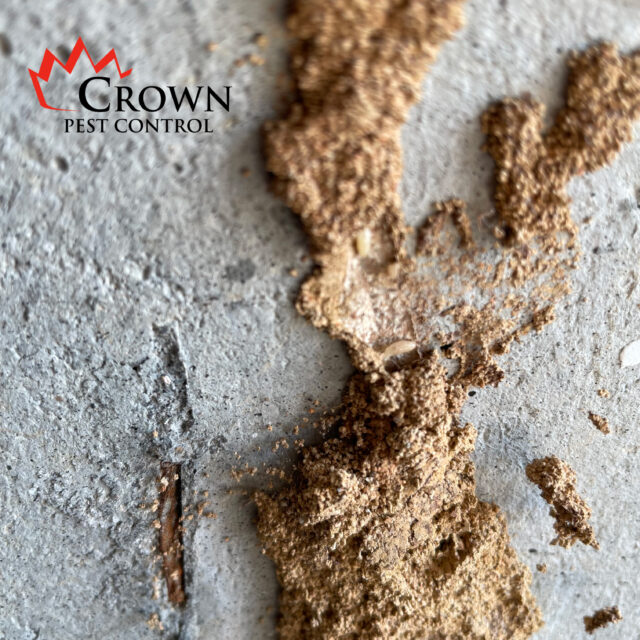
What do Termites look like?
Termites belong to the insect order Isoptera. They have two body parts, the head, and abdomen. Termite workers are white and have no eyes with small mandibles (mouthparts). Termite soldiers are slightly larger than a worker, have no eyes, and a redhead with large mandibles (mouthparts). Termite swarmers have wings that are the same size and are opaque. Ant swarmers have three body parts and unequal wings that are also opaque.
Types of Termites
Drywood termites – these types of termites live in wood. They do not require contact with the soil, but rather build their nests inside pieces of wood via excavation. Do keep in mind that dry wood termites are more destructive than subterranean termites because they feed on the entire wooden structure including furniture or any other wooden items that can fit into their nests, which are typically located in tree stumps, logs, firewood, or wood that is in direct contact with the ground. They are found in the southern parts of the United States.
Subterranean termites – these types of termites live in the ground. They eat moist cellulose-containing materials such as wood and paper. Termite colonies can be very large, with over a million termites in some cases. The foraging range of these termites is up to 100 yards from their nest. They’re constantly on the hunt for new food and will travel long distances in order to get it!
Subterranean termites need a high level of moisture to survive. They build mud shelters, which they use for protection from predators as well as moisture storage areas during dry seasons when there’s less rainfall than average; these tunnels also act like pipes that transport food particles upwards so they can eat anything stuck on their feet (like wood). Any hole or damage made by an invader will get plugged quickly by the termite with poop mixed into it.
Want to learn more about termites in North Carolina? Check out this article.
7 Signs of Termite Infestation
- Discarded wings
- Mud tubes on foundations or walls
- Rotting wood
- Wood that sounds hollow when tapped
- Winged termites may be spotted near windows or doors
- Buckling paint or wood
- Termite droppings that look like sawdust. This may be found in cabinets, walls, and other places where termites are active.
It is not always easy to spot these signs of termite infestation and there are cases where there are no visible warnings of the presence of termites. Confirmation often requires the keen eye of an experienced termite inspector. If you suspect any potential infestation, it is important to contact us right away for professional inspection and treatment options.
For more information on termites and how to protect your home from them, please give us a call 704-843-7465
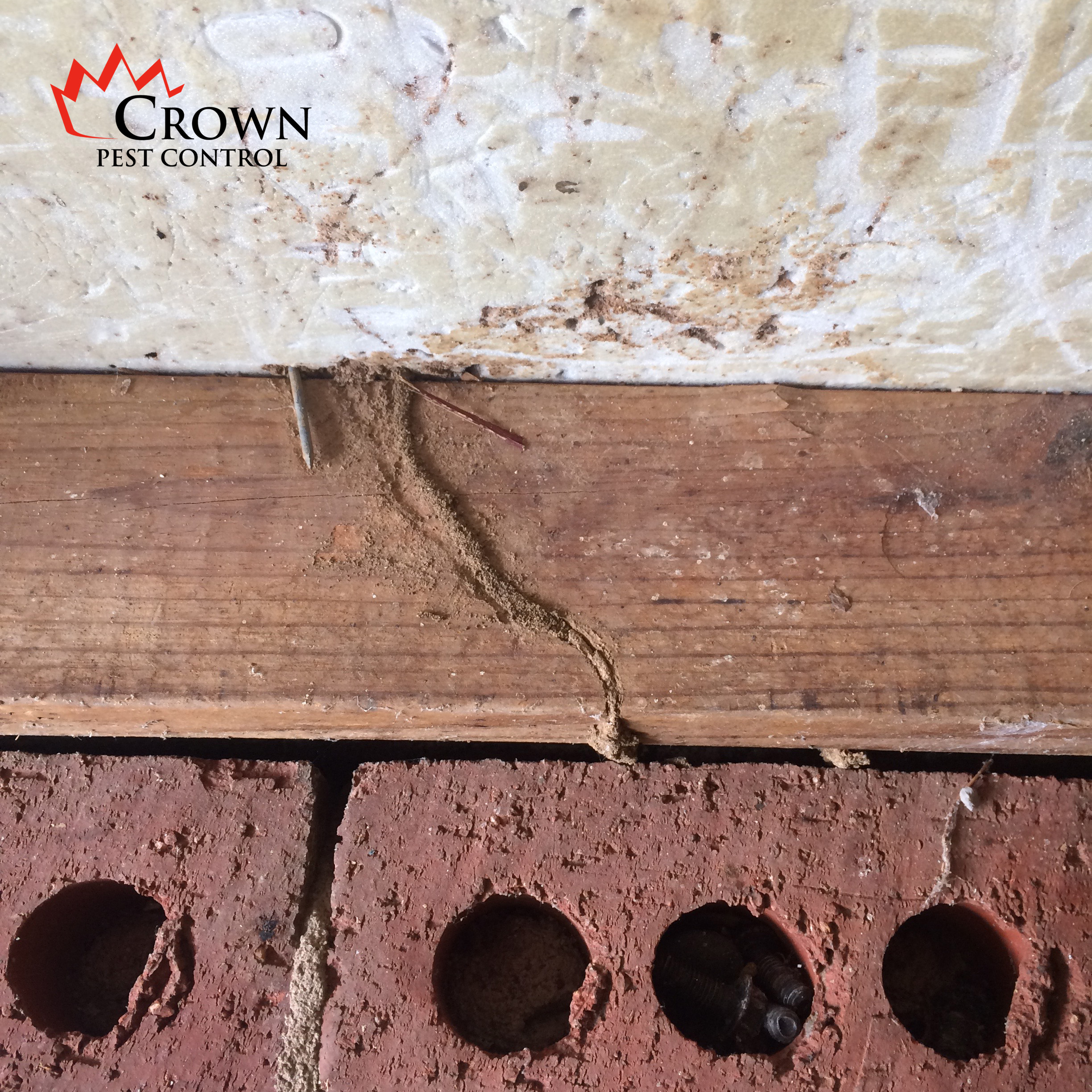
Does homeowners’ insurance cover termite damage?
The short answer is no. Insurance companies view this type of damage to be avoidable. Termites’ issues can be prevented with proper inspections and maintenance. Keep reading to learn how to protect your home from these invaders.
Termite Prevention: Bait and Liquid Treatment
Let’s look at both bait and liquid treatments. They both can be effective in treating termites for different reasons.
How does a baiting system work?
Bait systems are one of the most common treatments to protect your home against termites. They work with the termites’ natural instincts to forage for food. The bait stations are placed around the home or business and when the termites find the stations, they feed on the bait, not your home. The active ingredient in the bait is a synthesized chitin inhibitor known as IGR or insect growth regulator. The worker termites then take this food back to the colony, including the Queen and King. The termites that feed on the bait will not be able to form a new exoskeleton during their molting process and the colony will die off.
Liquid Termite Treatment
Trench and rod or liquid treatments involve a trench being dug around the home and inside the crawl space if applicable. This may also involve drilling in the concrete. After all the trenching and drilling are complete, a termiticide is applied into the trenches and drilled holes. This treatment works by targeting the workers in hopes that they will transfer the termiticide to the rest of the colony. However, if too many workers die too fast the remaining members of the colony will wall off that area and continue looking for a new food source. Therefore, this treatment may fail. Due to where termites forage and travel, these treatments will need to be redone every 7 years to maintain the full effectiveness of the treatment.
Mechanical Barriers to prevent Termites
While there are some mechanical barriers that can be put in place to help keep termites out of our homes and business, nothing is a 100% guarantee to keeping termites out of structures. Many of these have been developed over the years and cannot be added to an existing building. Therefore, a baiting or treatment plan is in most cases the only way to help keep termites out of the structure.
For more information on termites and how to protect your home from them, please give us a call at
Why Would I Want a Vapor Barrier in Charlotte?
If you live in a place that experiences large swings in temperatures, it’s important to understand why the vapor barrier is critical for your home.
Palmetto Bug vs Cockroach
Do you know if there is a difference between a palmetto bug and a cockroach? Learn more about these pests, their characteristics, and how to get rid of them.
How to Get Rid of Termites
How to get rid of termites? We offer a variety of pest control services, in case you need further assistance regarding our products and services. Contact us now! 704-843-7465
Why do ants keep coming back?
Do you feel like you’ve tried it all to get rid of those ants? We can identify which ants you have and treat them so that they don’t come back.

